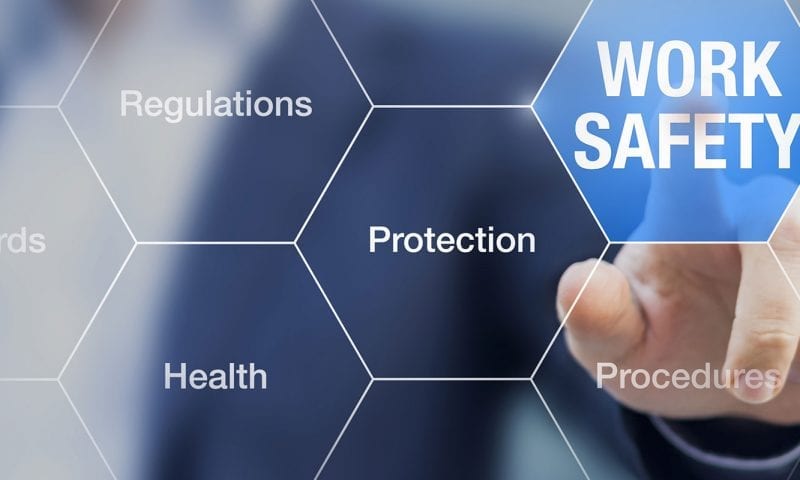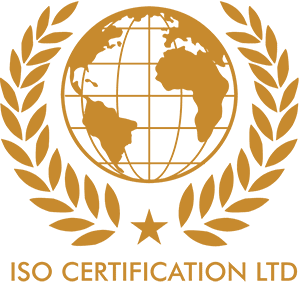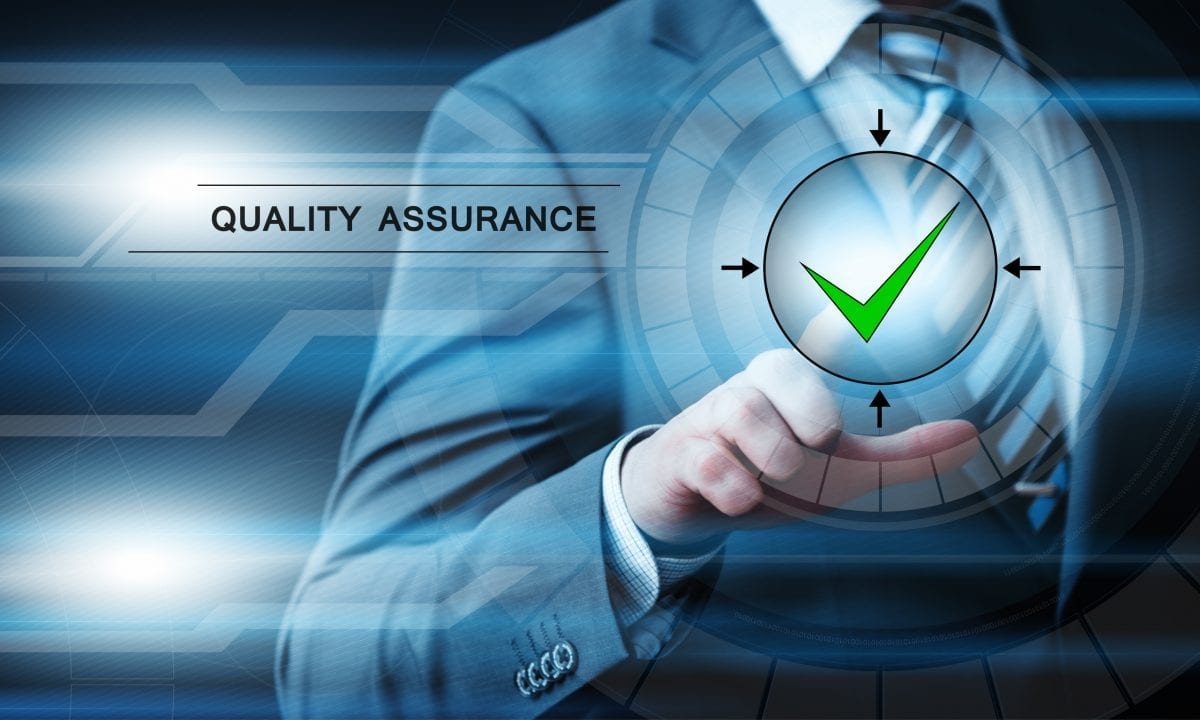T: 01202 779455M: 07808 666380E: Contact us


Product Compliance
A growing number of consumers ask for products that are safe and sustainable. The European authorities have implemented strict rules and requirements with regards to product safety and the environment. On top of that companies also have their own requirements, which may also include sustainability and corporate social responsibility. The goal of product compliance is to insure these different requirements are met by the manufacturers, brand owners, importers and distributors of these products.
Product compliance means there is a demonstrable suspicion that the product meets the essential requirements in the form of directives, regulations and harmonised standards. Some of these requirements, like the REACh regulation, apply to all articles whereas other requirements are product specific such as EN 62115 which applies to electric toys only.
Proper management of product compliance and the processes around it enables you to save time, reduce costs and mitigate risks.


The Main Standards We Work With
We work with all Standards across all industries and sizes of organisations, so we tailor our services to suit your business requirements and resourcing needs.
- ISO 9001:2015 – Quality Management Systems
- ISO 14001:2015 – Environmental Management Systems
- OHSAS 18001:2007 – Occupational Health and Safety Management Systems
- ISO 45001 – Occupational Health and Safety Management Systems (Expected publication Feb 2018)
- ISO 27001:2013 – Information Security Management Systems
- SEDEX, GDPR, CE Marking, HACCP, Inspections
We can also offer help and advise on other standards, please get in touch to discuss your requirements.
1) Standardize Processes for Materials Compliance
Best-in-Class organisations standardise processes for materials compliance by using solutions that fully integrate with their ERP or PLM systems. This helps to ensure that materials are compliant at all stages of the product life-cycle, from product design, to sourcing, and all the way to product launch. Having standard processes throughout the entire enterprise lessens the risks of design re-works or product recalls. Both compliance and continuous innovation can be achieved simultaneously, without having to choose one over the other.
2) Manage Product and Materials Data in a Central System
According to a recent report, 77% of Best-in-Class organisations store product and materials data in a central repository. That number is 50% for all other organisations. Effective product compliance means having all product and materials data in a central system where all company functions have access to a single, current version of the truth regarding the compliance status of materials. This leads to better decisions on the types of materials to include at the product design stage and those to source from suppliers.
3) Monitor Product Composition Against Regulatory Requirements
Standardising processes and managing product and materials data in a central system allow leading organisations to assess product compositions against regulatory requirements, and validate compliance early when it is less costly to make changes to the product. Some leading companies even go a step further and meet with regulatory agencies in the early stages of design to ask feedback, which can help to avoid design re-work.
4) Assess and Track Supplier Compliance
A non-compliant material can lead to a non-compliant product, and therefore can force a company to switch suppliers. Best-in-Class organisations monitor the compliance status of suppliers, in order to react quickly and lessen the risks of supply chain disruptions and production delays if a non-compliant material is identified. They make sure that compliance assessments are rolled up from individual materials to the entire product, and that procurement teams do not operate in silos.
5) Maintain an Audit Trail of Compliance Data for Each Product
The design of a product can change following new innovations or the introduction of variations of the same product (e.g. different flavors of a food product, a newer model of an existing product, etc.). In addition, components can also change due to changes in the supply chain. But compliance obligations don’t disappear, which is why an audit trail of product compliance data is needed. Even if a product is no longer sold, it can still attract scrutiny and attention from regulatory bodies for a number of reasons, including customer complaints or disposal considerations.



Want Expert Product Compliance advice ? – Start your conversation with us now !
If you require further advice on any topic to do with Product Compliance, please do not hesitate to get in touch, we can let you know best details for training, Auditing and Consultancy requirements and if Certification is required. We can offer full GAP analysis at your premises to help implement system requirements for your product needs and specifications.
We can help with SEDEX, GDPR, CE MARKING, HACCP, INSPECTIONS

